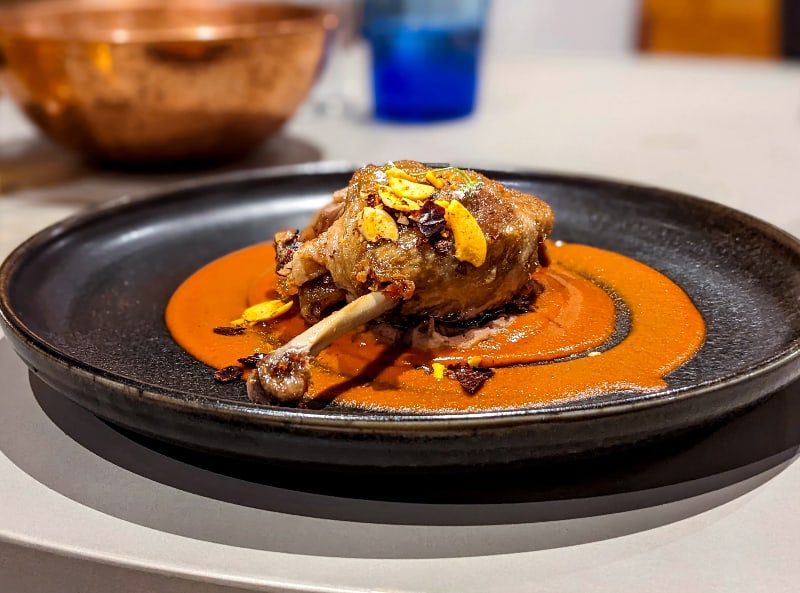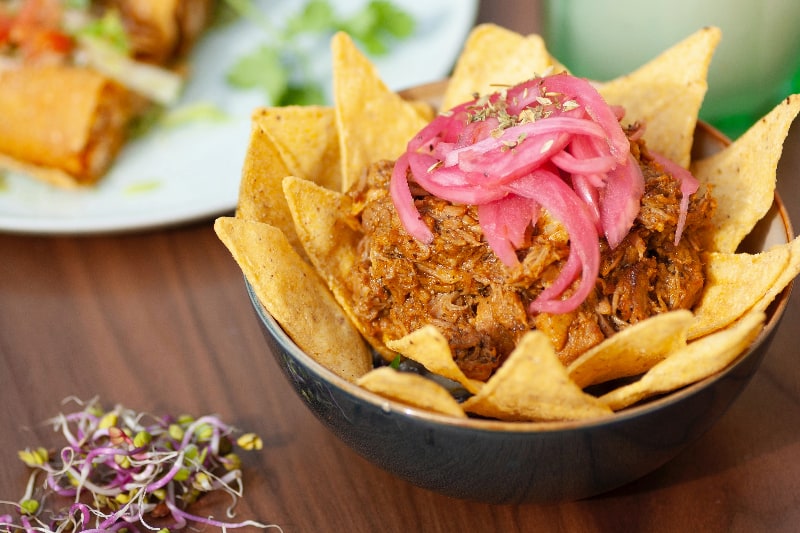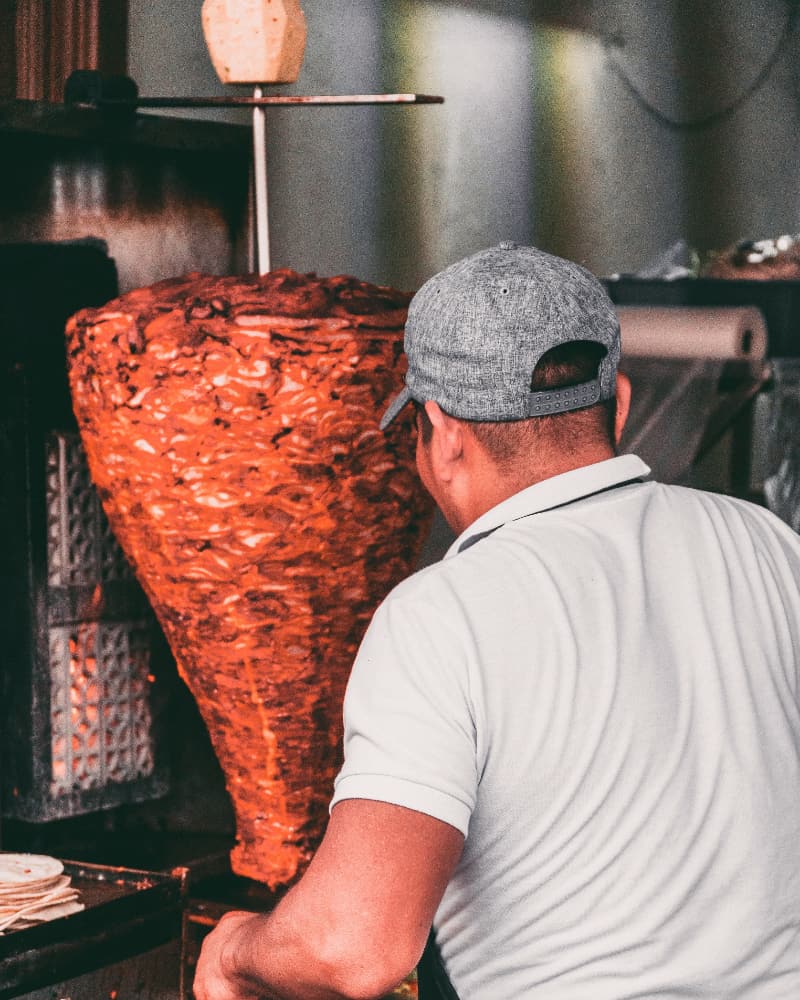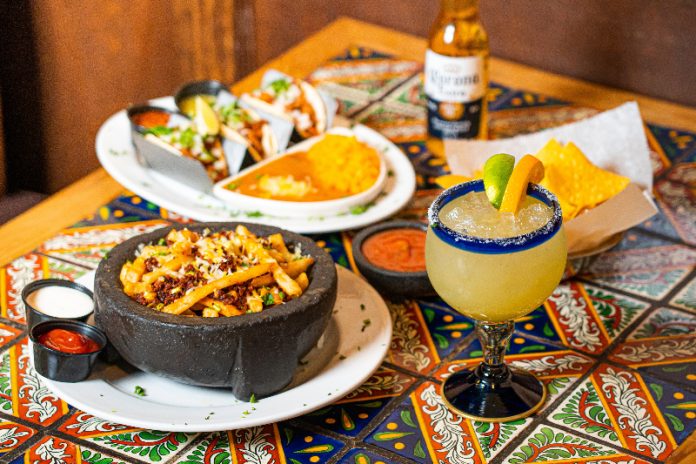Mexican cuisine is known worldwide for its bold flavors and unusual ingredients, which act as catalysts for the unique sensory experiences that only Mexican food can deliver. The history of a nation cannot be fully understood without looking at its food, and Mexico is a clear example of how the country merged cultures into dishes that have become delicious symbols of national identity.
In this article, we briefly explore some of the traditional dishes famously known to represent particular regions in the country.

Northern Mexico
It is well known that Mexico’s best beef is produced in the northern states of Sonora, Durango, Chihuahua, Coahuila and Nuevo León. The vast livestock ranches that supply beef to the entire country – and abroad – are the reason beef is served at all times of the day: for breakfast, lunch, and dinner. Carne asada is not simply grilled beef but a ritual to celebrate social occasions, where hosts show off their own techniques and recipes while tending the charcoal grill. The final spread, in addition to generous portions of meat, includes different sauces, tortillas, quesadillas, charro beans, and roasted chiles. The perfect pairing for any carnita asada is, of course, the chilled beer that the guests are expected to bring.
In northern Mexico, we also find dishes like machaca, salted sun-dried beef. The dry meat is then shredded and sauteed with pico de gallo or added to scrambled eggs, before being eaten with wheat flour tortillas, beans and coffee for breakfast. Cabrito al pastor, the most typically northern way of preparing roast goat kid, is when the whole carcass is opened flat and impaled on a spit for slow roasting over a bed of glowing embers.
Oaxaca

Nestled in the southern heart of Mexico lies Oaxaca, a culinary haven renowned for its complex, velvety moles, where European and indigenous ingredients come together in a perfect marriage. This emblematic dish combines garlic, chili, anise, tomato, peanuts, almonds, avocado leaf, cumin, marjoram, chocolate, holy leaf and thyme. These sauces are considered the crown jewels of Oaxacan cuisine and diligently incorporate an astounding number of ingredients. There are over 200 different traditional moles in Oaxaca, but seven are of particular note, earning this region the nickname “The Land of the Seven Moles.” Oaxacan moles are served with chicken, pork, or beef, although the sauce is considered more important than the meat in this revered culinary masterpiece.
Although eaten in other parts of Mexico, chapulines, or grasshoppers, are most popular in the central valleys of Oaxaca. They are an important source of protein in rural areas and a delicacy in cities. Grasshoppers are collected from the corn and alfalfa fields, where they are semi-domesticated, live longer, and reproduce at higher rates than those in the wild. The harvest season for the insects is during the rainy season, with the hatching of nymphs, which have a sweet taste and are sold at a higher price. Older grasshoppers tend to have a slightly bitter taste. They are often eaten fried with chili powder as an appetizer.
Veracruz
On the shores of Veracruz, where the salty ocean breeze mingles with the aroma of freshly caught seafood, we find the true essence of coastal Mexican cuisine. This state stretches over most of the country’s Gulf coast and its cuisine is strongly influenced by its Indigenous, Spanish, and Afro-Cuban history. Pescado a la Veracruzana is the signature meal, representing the delicious melding of cultures in a hearty fish filet cooked in a flavorful sauce made with tomatoes, onion, peppers, olives, and capers and seasoned with garlic, oregano and bay leaves.
Yucatán

In the Yucatán Peninsula, we find Maya cuisine’s mysterious and enticing flavors. Cochinita pibil best showcases the region’s ancient culinary skills and uses traditional Maya cooking methods. To prepare, pork is marinated in achiote, orange juice, garlic, salt and pepper, then wrapped in banana leaves and roasted in underground pits known as pibes, creating a culinary spectacle that pays homage to the region’s rich history.
Mexico City
Our journey wouldn’t be complete without a stop in the capital of cultural convergence: Mexico City. Street food reigns supreme here, offering a cacophony of flavors and aromas that mirror the bustling streets and diverse population. No matter where you are in this enormous city, you’ll never be far from good tacos al pastor. This famous dish was created in the 1930s by Lebanese immigrants who introduced the country to classic shawarma. Locals soon switched the lamb to thin slices of pork marinated in chiles, achiote and other spices, then stacked them all onto a long trompo or spit. As the meat cooks, the cook (taquero) shaves off the crispy outer layers straight into tortillas with a tiny slice of the crowning pineapple, which is served alongside lime wedges, chopped cilantro and, of course, spicy salsa.

Mexican culture and ingredients are woven into every regional dish. The skilled farmers and cooks who have kept these traditions alive remind us that here, every meal is a work of art, and every bite is a taste of history, which comes together to produce a cuisine unlike any other in the world.
Sandra is a Mexican writer and translator based in San Miguel de Allende who specializes in mental health and humanitarian aid. She believes in the power of language to foster compassion and understanding across cultures. She can be reached at: [email protected]
